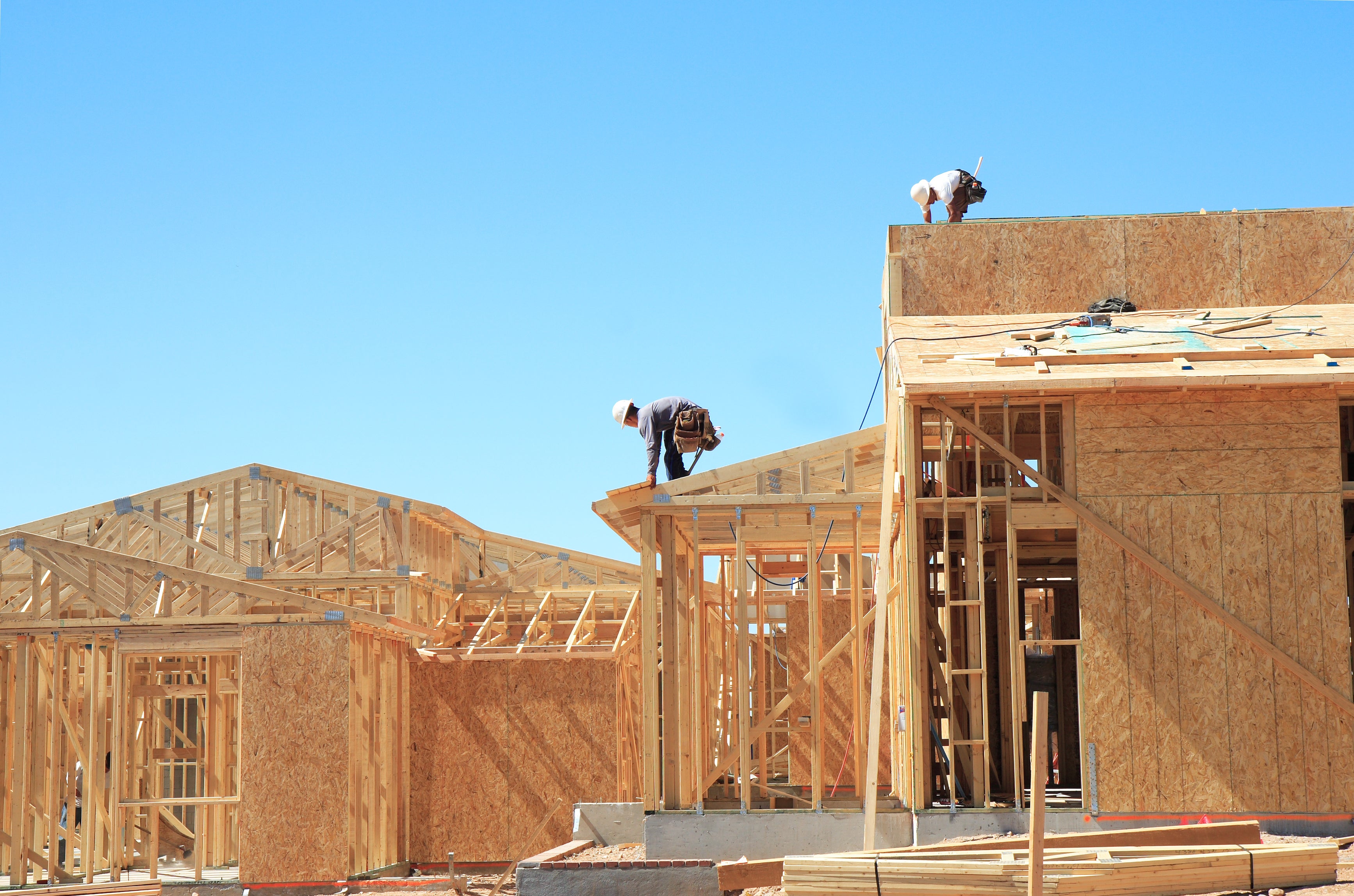
It’s not just interest rates and high prices that have pushed homes increasingly out of reach for the average homebuyer. Investors are also tightening affordability and availability for everyone, particularly first-time buyers.
Investors routinely pay over market value for homes, and every year they buy more. Cotality data shows that those buying investment homes pay a premium of between 1.8% and 4.3% per property. On a median priced home of $405,000, that’s an additional $7,300 to $17,415.
These overbids are paired with cash offers, speedy transactions, and contingency waivers, which allow investors to outmaneuver homebuyers and increase their stake in the U.S. property market.
The result? Homebuyers are locked out, rental prices are swelling, and choice becomes dictated by price.
More money – no problem
Home prices have never been higher, but that hasn’t done much to slow real estate investment. Investor activity climbed by more than double since mid-2020 Cotality data shows. By the beginning of 2025, investors made about one-third of all home purchases in the U.S.
Cotality experts expect investment to hold steady through the end of 2025, even as investors continue to pay premiums on top of already elevated home prices.
Small-time investors with fewer than 10 properties pay just over the market value, adding a 1.8% premium to their purchases. Medium investors, with 10 to 100 homes, pay about 2.1% more. Large investors, with 101 to 1,000 properties, commit an additional 3.2% over the Total Home Valueˣ (THVˣ) AVM estimate to purchase a property. Mega investors, that have over 1,000 properties, part with another 4.2% over market value.
How much more did investors pay than AVM values?
Data source: Cotality, 2025
“There are several reasons an investor might pay more than market value,” said Cotality Principal Economist Thom Malone. “It can be a tactic to quickly close on a home, or it could be a speculative bet that the seller has underpriced a property. It could also simply be a lack of local knowledge, which can lead to overestimating a home’s value or falling into a bidding war.”
Still, paying more than market value isn’t always a deterrent. Depending on how long a property is held, the eventual sales price can offset an earlier overpayment. Although time can balance out inflated costs, investors aren’t always looking for a future payoff. Sometimes immediate cash flow is the goal. However, not all investors realize profit through the same avenues.
For mega investors who overpay by the largest margin, their expansive portfolios can absorb transactions where they paid more than AVM value. For small-time landlords, the amount that they pay over an AVM value can be directly offset by annual rental increases.

Renting wealth
The increased competition for affordable homes is leaving many would-be buyers as renters — a market reality that for years has helped offset the inflated prices investors pay. With more competition on the rental market, landlords across the country have ratcheted up rents by 2.3% year over year.
While rental increases remain a viable strategy to balance costs, the market is tapping the brakes on the pace. Rent growth dipped below the 10-year average seen prior to the pandemic, according to Cotality data. That means monthly rental income may not continue to serve as a counterpoint for the premiums investors pay. This contrast is stark for lower cost homes where rental prices are up 30% in the last five years, but home sales prices are up by 50%.
This reduced pace of rental increases has led to an imbalance between purchase price and cash flow for most investor categories. The exception is mom-and-pop investors.
Small-time investors remain resilient in the current market. Although investors with fewer than 10 properties comprise just over 14% of total investors, they are buying the largest share of investment properties in the top 20 metropolitan areas in the country. They are also the ones that are paying closest to market value and recouping their overpayment.
Even in pricey areas like Los Angeles, which has one of the highest shares of investors in the nation, small investors’ bets are paying off. Rents in the Los Angeles area rose 3.1% between July 2024 and July 2025, and the city’s low transaction levels suggest that these investment properties are absorbed into the area’s large and growing rental market.
Limiting low-cost living
First-time buyers who are competing for lower priced homes are particularly squeezed. Starter homes sit in this price tier that investors are beginning to dominate through deeper pockets, cash-only offers, and appraisal contingency waivers.
Investors have a larger market share for low-priced homes
Data source: Cotality, 2025
This strategy is paying off. So far this year, investors are responsible for 37% of the purchases in this tier.
Investing in the future
The trend towards more expensive starter homes and a growing number of renters has been building for years. Constrained inventory, pent up demand, and rising secondary costs for homeownership have limited buyer choice and movement. Add to that the fact that investors own double the share of homes that they did five years ago, and for many, the current environment has removed the possibility of buying a home altogether. Since 2020, the average age of a first-time buyer has risen by five years to 38 years old, Cotality found.
The investor dynamic has helped push homeownership beyond the bounds of affordability, leaving even investors to routinely overpay for property. But for those who can afford to overpay market value, the investment remains lucrative.
Home prices have yet to top out. Interest rates are the highest in a generation. Would-be buyers are pinned into the rental market. Investors are benefiting from this dynamic, but for others, it’s another hurdle on the path of securing the dream of homeownership.












